Japanese Green Tea
-
Green tea is made from Camellia Sinensis leaves, like oolong and black teas, but the leaves have not undergone the same withering and oxidation process.
Growing conditions can be broken down into two main types - those grown in the sun or the shade. The tea plants are harvested around three times a year and are pruned to harvest shoots in the standard way. The first flush is in early May. The second harvest is in June/July, and the third picking is in early August.
Green tea gets its name from the emerald-green colour created when brewing unprocessed, unfermented tea leaves. Green tea's origin goes back as far as 5,000 years, and it is commonly drunk and widely grown in the Far East, where its health properties are well regarded.
Green tea contains caffeine but far less than an equal amount of coffee, but it can still act as a stimulant, and some people find that drinking green tea increases energy levels, concentration and mood.
It is considered that green tea in Japan originated in 805 when Buddhist monks returned from travelling in China, bringing back young Camellia Sinensis plants. In the 12th century, tea seeds were again bought over by the famous Zen priest Eisai. Eisai was interested in tea's positive health effects on the mind and body. As an influential figure, the custom of tea drinking became widespread around Japan. Green tea soon became a staple drink in Japan, and people soon integrated it into their culture.
Japanese Tea-Making Process
Most Japanese green tea is produced by steaming rather than pan-firing. This process gives the teas a sweeter grassier flavour. However, Japanese green tea leaves are not fermented when processed and therefore do not contain this subtle, additional flavour. Instead, Japanese green tea tends to taste sweeter than Chinese green tea.
Japanese Tea Ceremony
The Japanese turned the drinking of green tea into a formal occasion. Drinking green tea moved from merely a personal and social activity to a ceremonial one.
The Japanese tea ceremony is a way of preparing and drinking green tea, typically in a traditional tearoom with a tatami floor. One of the main purposes of the tea ceremony is for the guests to enjoy the hospitality of the host in a peaceful and relaxed atmosphere.
Many people practice the tea ceremonies as a way of learning about Japanese culture and tea and taking time out of a hectic lifestyle. It is where you experience the host ceremoniously preparing the tea for you.
Below you'll find our guide to some of the finest Japanese green teas we love. We've hand-selected the range to ensure top quality, variety and tea garden kudos. You can find out entire Japanese green tea here
Our Favourite Japanese Green Teas
Hayashi Kukicha Japanese Green Loose-leaf Tea
Our organic Hayashi Kukicha Japanese Green Tea is a definitive green tea with a refreshing and pleasantly sweet character.
This premium Kukicha is undoubtedly one of the best varieties. Harvested in May when the delicate leaf shoots are at their best, tea grower Iwao Hayashi predominantly uses leaves of the Yabukita variety. The leaves from the tea plant are dampened longer than usual; they are then steamed for a little longer, which gives the tea an intense colour.
This special green tea offers a brightly fresh green cup with a hint of silky sweetness reminiscent of vanilla.
Organic Fancy Sencha Loose-Leaf Tea
A favourite among many Japanese-style green tea fans, this organic Fancy Sencha really is fancy! The delicate loose-leafed Sencha offers a light green cup similar to the shade of Chartreuse.
When brewed, the tea is refreshing with a gentler profile than many green teas. It has a hint of bittersweetness that is clean and crisp on the palate.
For us, this Fancy Sencha is a real winner.
Our organic Bancha is a refreshing tea with a typical Japanese character. This tea is freshly tart, tangy and mildly grassy. It is made from larger leaves containing very little caffeine. Bancha is well known in Japan as the everyday cup of tea.
Matcha, the tea of teas, is a delicate, green powder used to prepare the Japanese Tea Ceremony. The tea ceremony is an integral part of Japanese culture, with its roots in Zen Buddhism.
Matcha is made from green tea leaves grown in the shade. The leaves then have a higher chlorophyll content which makes them a vibrant green colour. The entire leaf is ground to a fine powder, mixed with hot water and gently whisked before being served. The flavour of matcha is light and sweet and can sometimes be added to desserts and sweet drinks.
Organic Morimoto Gyokuro Loose-Leaf Tea
Our organic Morimoto Gyokuro is a fresh, mild organic green tea with an intense green cup colour.
It is grown in a tea garden located on the southernmost of Japan's four main islands by the Morimoto family. They use two plant varieties, Yutaka Midori and Oku Midori, which they shade throughout the growing season. The taste of both marries to an intense green and mild cup simultaneously. The robust flavour comes from the spring harvest, whereas the gentle and sweet aroma results from the shading of the tea bushes.
Morimoto Gyokuro is an exquisite and superb example of the best Japanese tea.
Repeat brewing up to 3-5 times is possible.
The tea leaves come in plastic-free and compostable packaging, which composts within 180 days in a natural environment.
How to Brew Green Tea
- Boil filtered cold water
- Place the tea leaves in a tea strainer or filter basket
- Pour over the hot (80 degrees) water – never use just-boiled water
- Steep the tea for the appropriate amount of time (2-3 minutes)
- Strain the tea
- If you wish to, you can sweeten the tea with sugar lumps or honey to taste, but we love it as it is. However, we do not recommend adding milk!
-
Posted by cup of tea admin
1st November 2023











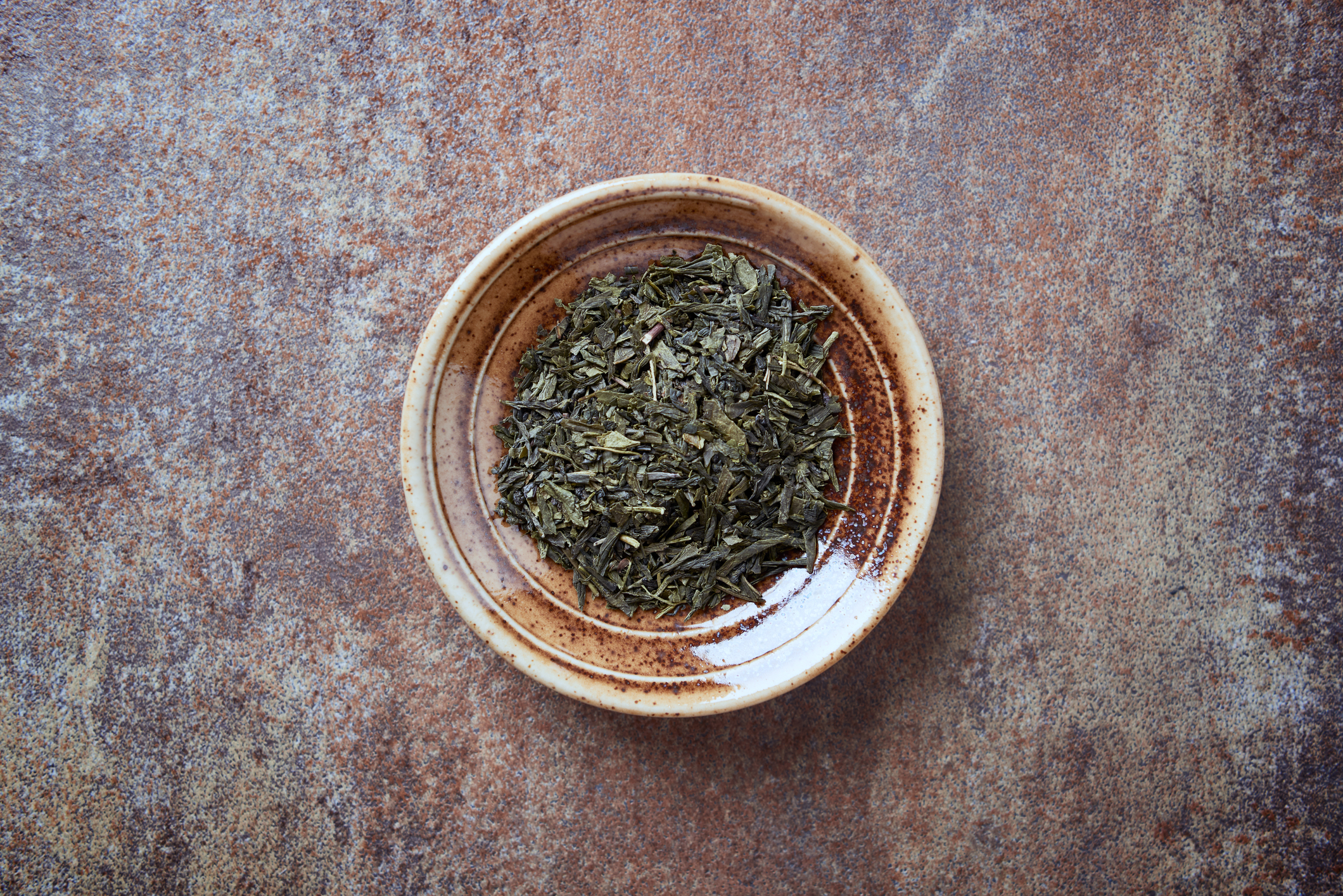
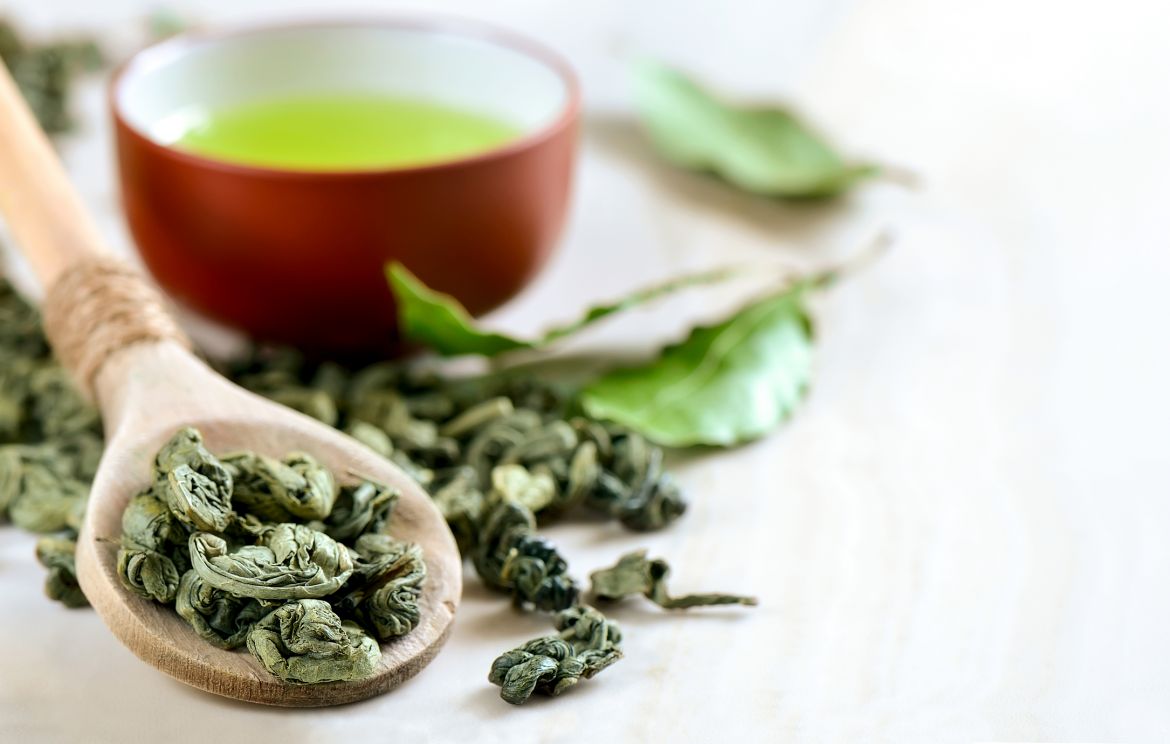
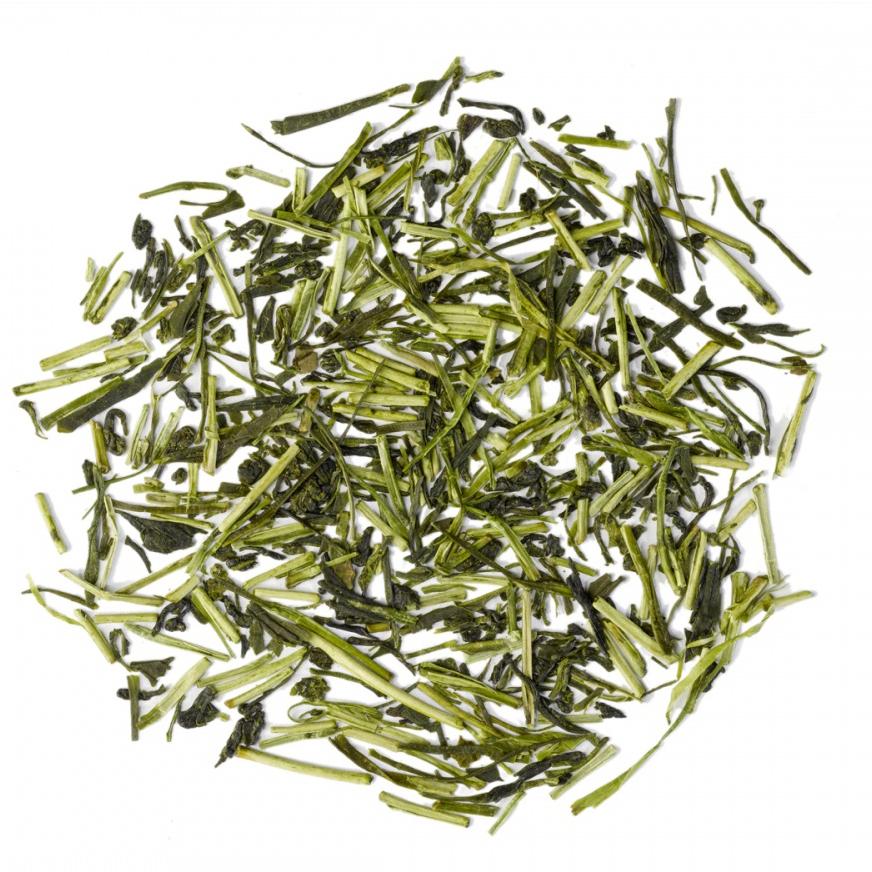
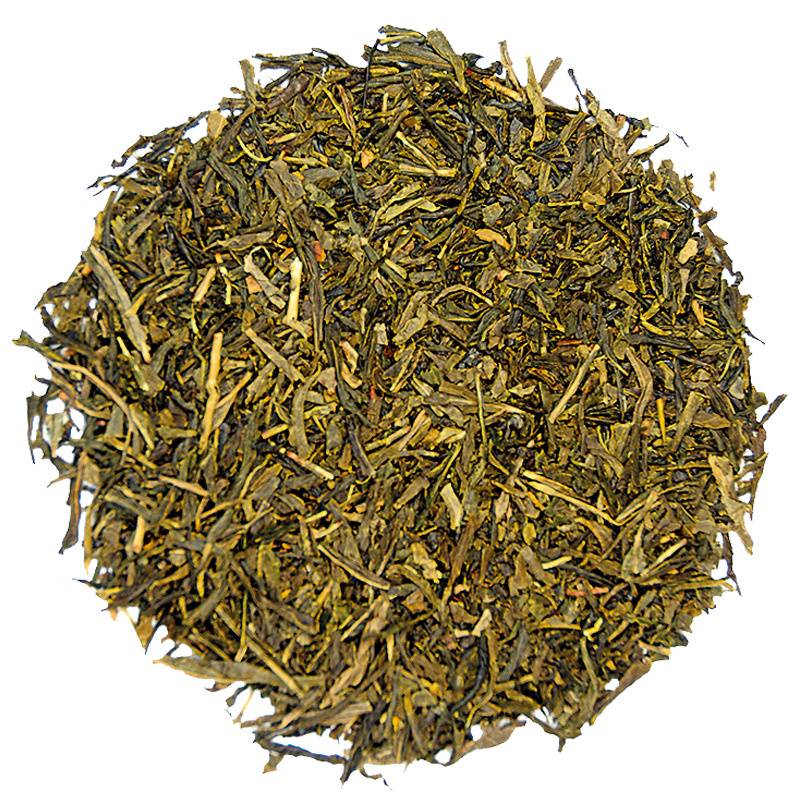
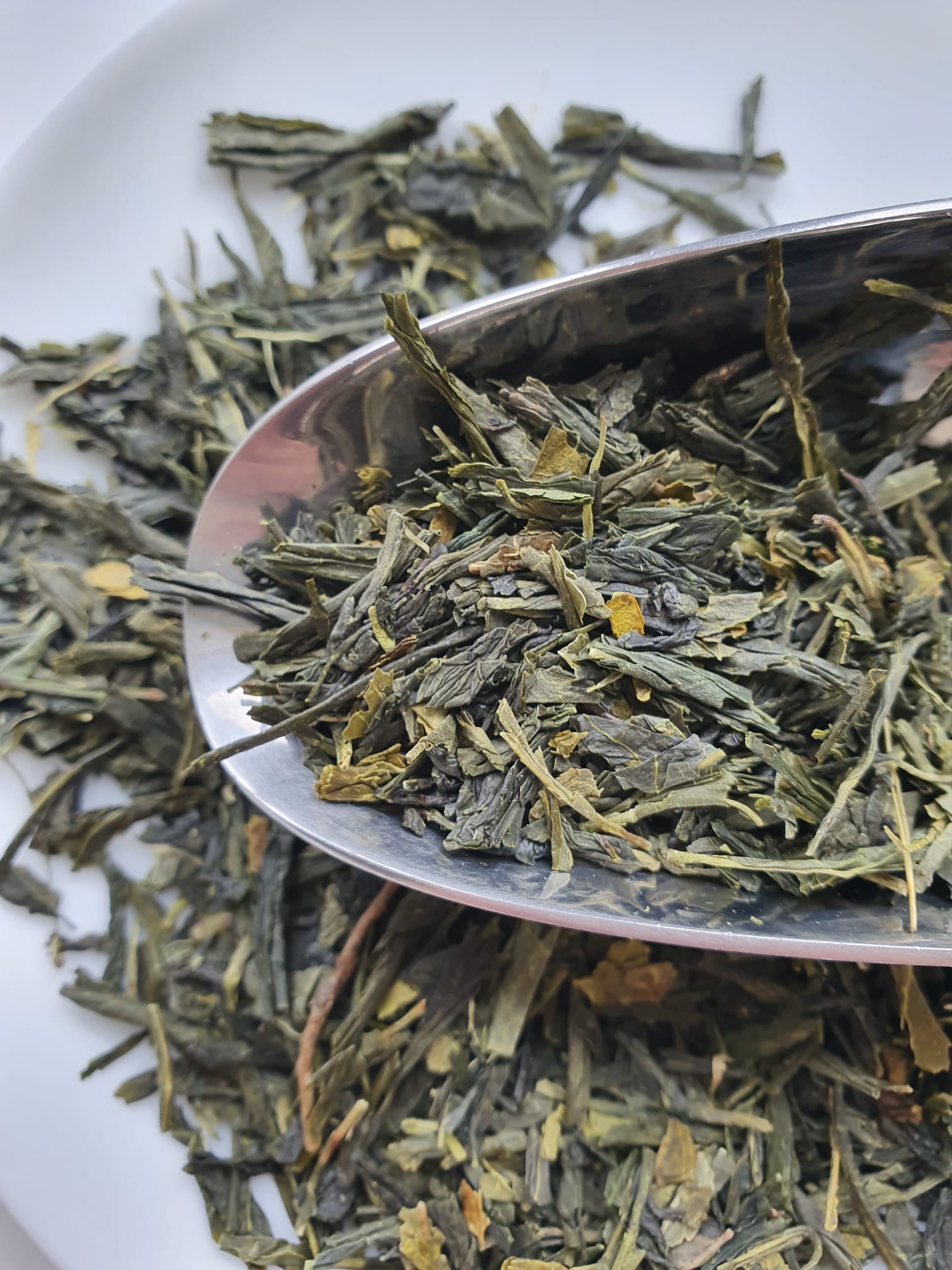
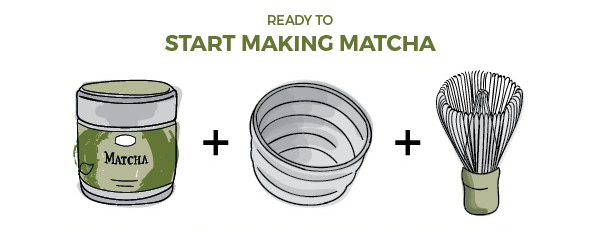
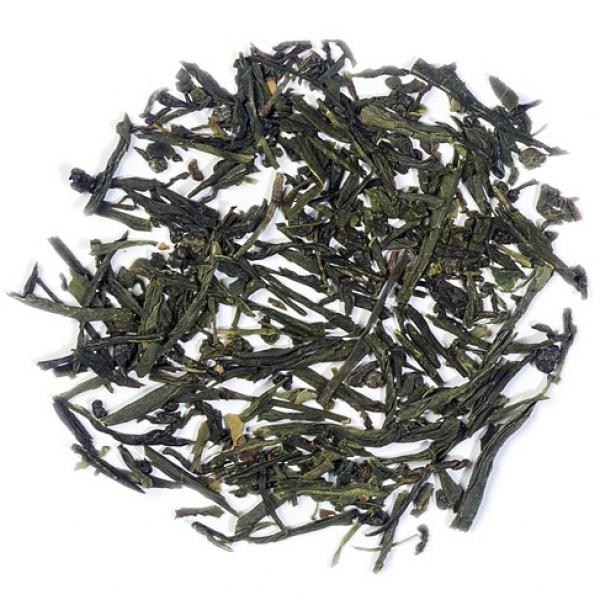
.jpg)